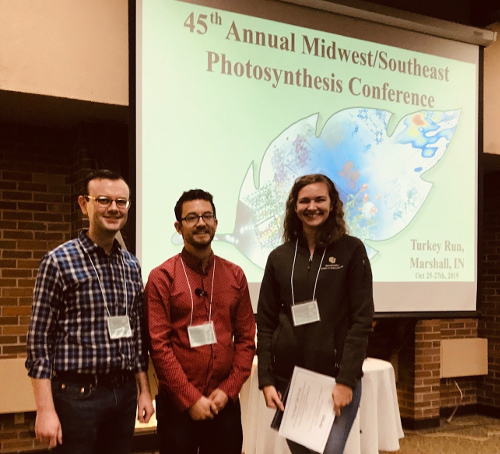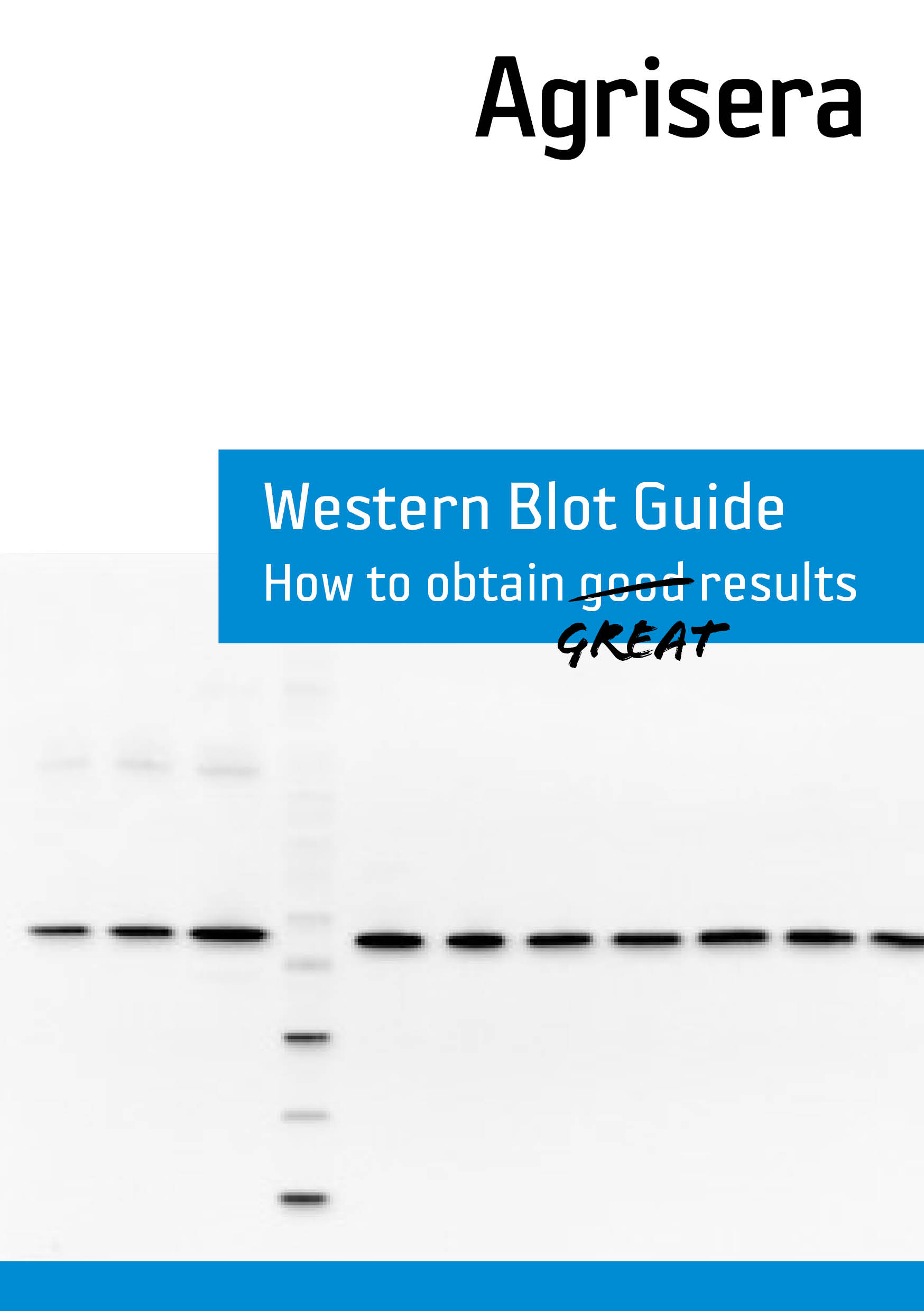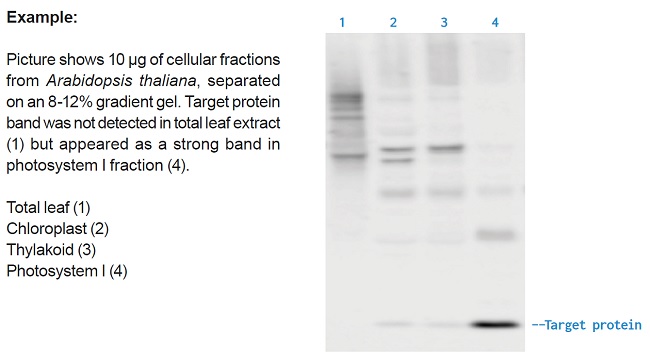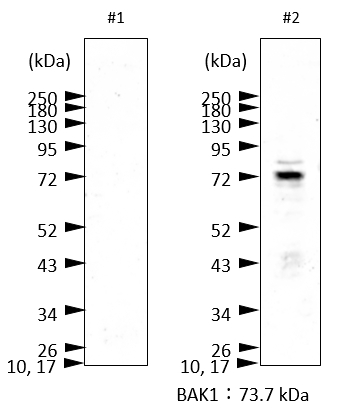Agrisera on 45th Annual Midwest/Southeast Photosynthesis Conference

During the recent 45th Annual Midwest/Southeast Photosynthesis Conference in Indiana, the Agrisera Best Talk Prize was awarded to Kelsey Dahlgren from the University of Colorado, Boulder. Kelsey works in Dr Jeffrey Cameron’s lab and gave an outstanding presentation entitled, "Development of a proximity-based proteomics technique using APEX2 to determine the thylakoid lumen proteome of Synechococcus sp. 7002." She is using both mass spectrometry and immunoblotting to characterize the lumenal proteome.
Our warmest congratulations Kelsey. We are waiting your free antibody choice!



